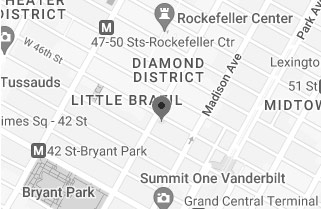Errors that occur during plastic surgery can be just as damaging—and even as life-threatening—as errors that occur during non-elective procedures. Like any surgery, plastic surgery is complicated and comes with many risks. Plastic surgeons are highly trained specialists who owe a substantial duty of care to their patients, who in turn entrust their doctors with their lives.
What Are Common Plastic Surgery Errors?
A 2020 article published in the Western Journal of Emergency Medicine found that in 2015, there were 1.5 million plastic surgery procedures performed in the US and more than three million nonsurgical cosmetic procedures. The most common, according to this article, were “surgeries of the breast and abdominal wall, specifically implants, liposuction, and subcutaneous injections.” Some common complications associated with cosmetic surgeries included “postoperative infections, thromboembolic events, skin necrosis, haemorrhage, pulmonary oedema, fat embolism syndrome, bowel cavity perforation, intra-abdominal injury, local seroma formation, and local anaesthetic systemic toxicity.” In 2017, according to Healthline, “Americans spent more than $6.5 billion on cosmetic surgery.” Here are some of the most common plastic surgery errors that reportedly occurred:
- Hematoma, a swelling of clotted blood, reportedly occurs in 1% of breast augmentation surgeries and 1% of facelifts.
- Seroma, a sometimes painful buildup of bodily fluids below the skin, occurs in 15-30% of abdominoplasties.
- Blood loss can happen during and after surgery and may be fatal if not properly addressed.
- Infections occur in 1.1-2.5% of breast augmentation patients, according to Healthline.
- Deep vein thrombosis, the formation of blood clots in deep veins that can travel to the patient’s lungs and cause a pulmonary embolism, occur in 0.09% of plastic surgery patients, but are potentially fatal for those they affect.
Not all plastic surgery errors are malpractice. All procedures come with risks, after all. Generally speaking, malpractice occurs when a medical professional fails to uphold their duty of care to their patient, causing harm. In plastic surgery, that might refer to instances when surgeons perform the incorrect operation; when they fail to use the proper dosage of anaesthesia; when they leave surgical tools inside the patient; or when they don’t fully inform their patient of the risks associated with a procedure.
What Can I Do If I’m a Victim of Plastic Surgery Errors?
Victims of malpractice-related plastic surgery errors generally must demonstrate that the plastic surgeon had a duty of care to the patient; that the surgeon failed to uphold that duty of care by acting negligently (or not at all); that the patient suffered an injury; and that the injury was caused by the doctor’s duty of care. Victims of plastic surgery errors may be able to recover the cost of medical bills and lost wages; they may also be able to recover damages for pain and mental suffering and even punitive damages.
Medical malpractice cases involving plastic surgery errors can be complex and require the testimony of expert witnesses, which is why patients should be careful to choose only skilled lawyers with experience winning medical malpractice claims. The New York-based medical malpractice attorneys at the Law Offices of Thomas L. Gallivan have many decades of experience seeking justice for the victims of plastic surgery errors. Please reach out to our attorneys today to schedule a free consultation.



